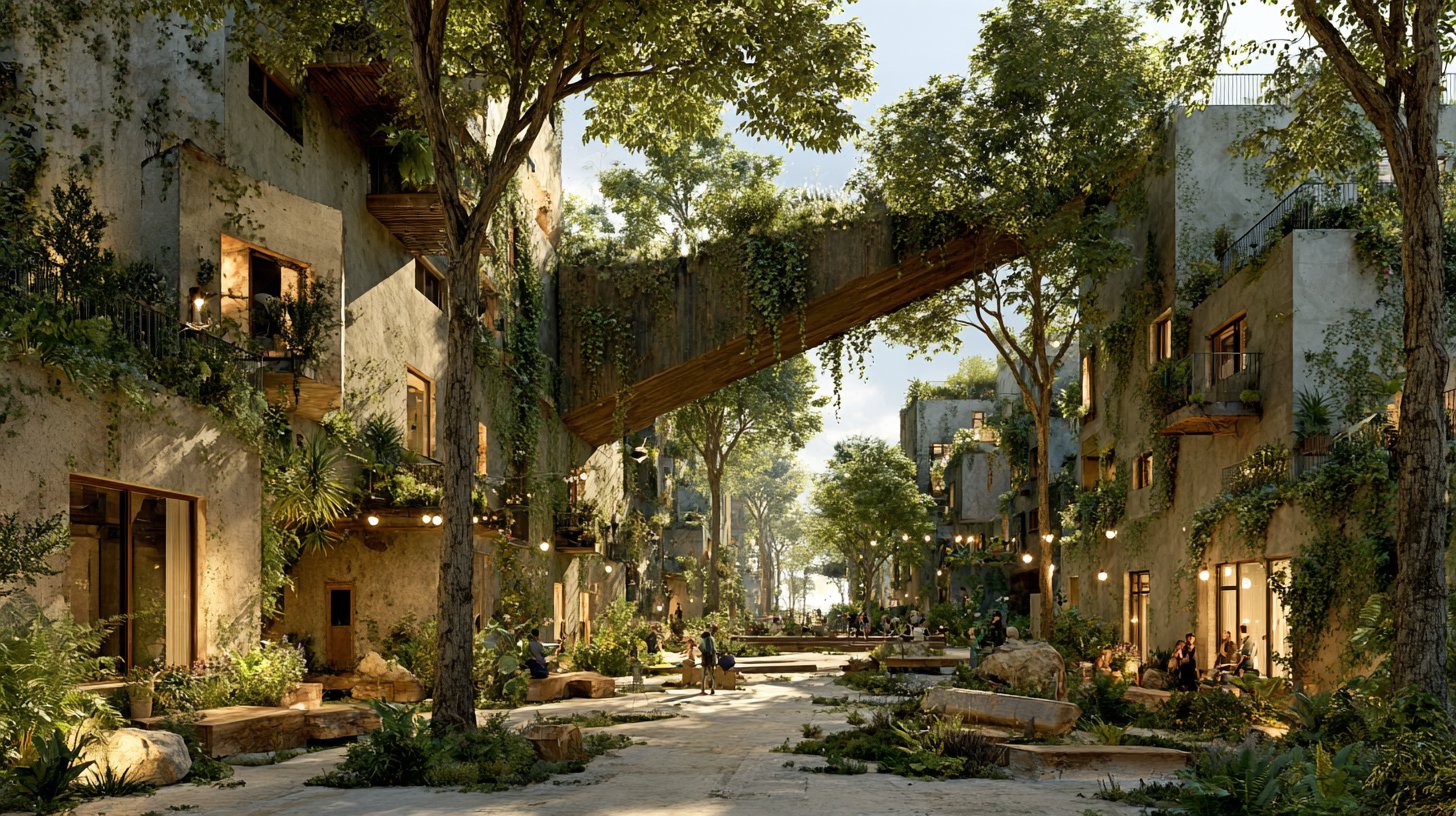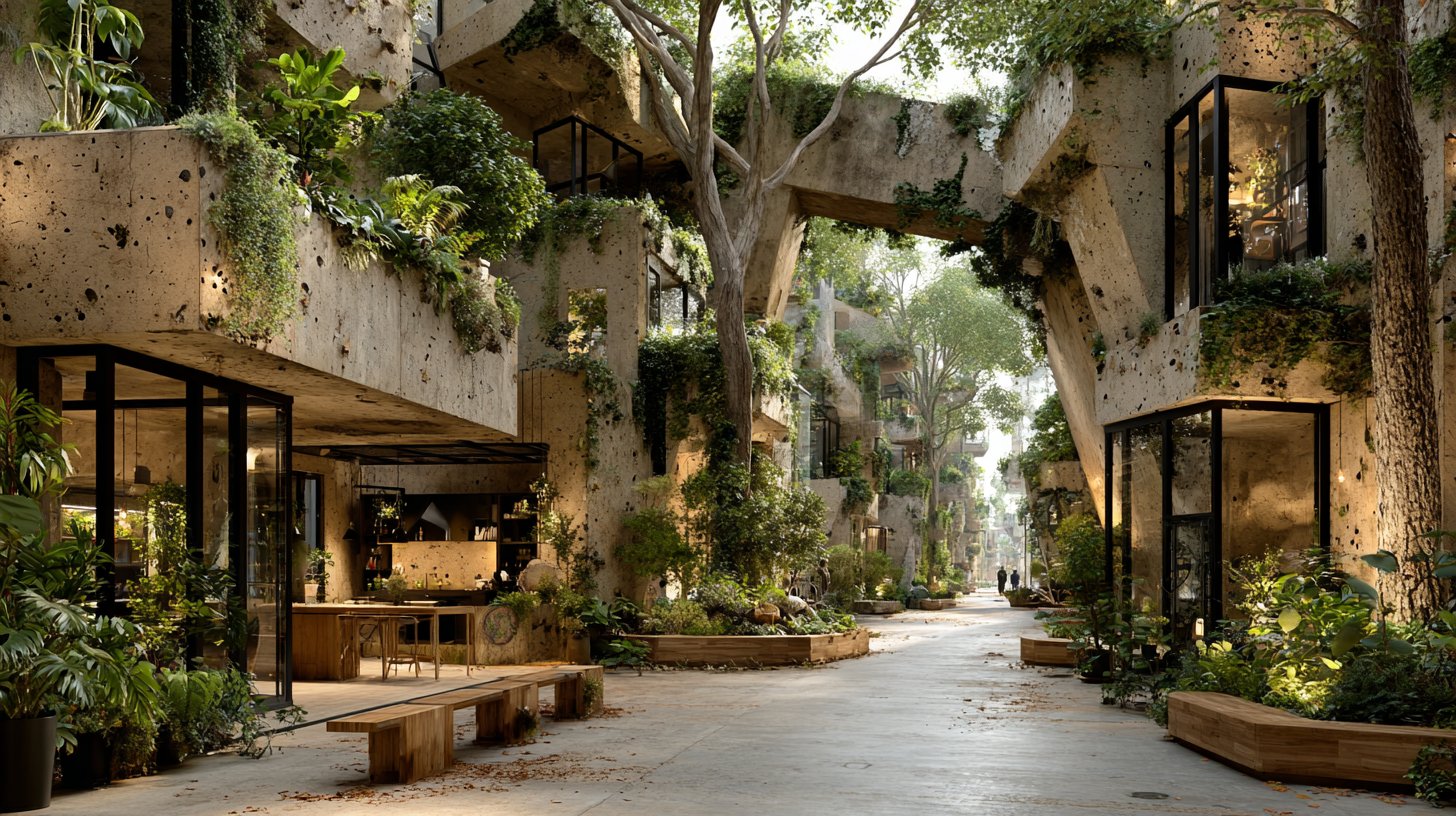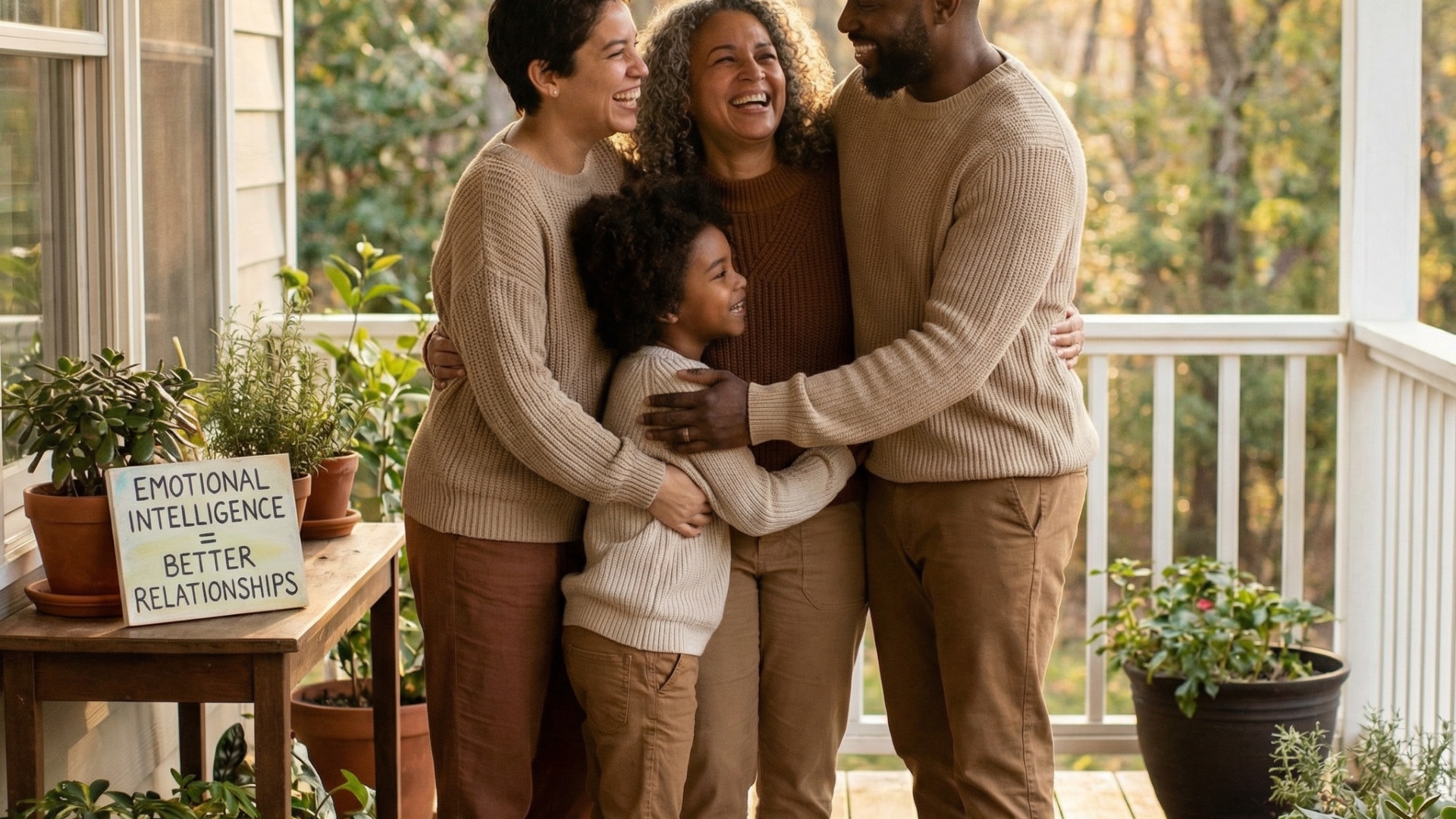Inclusive Housing for a Better Life

Accessibility, inclusion, and quality of life are central concepts when it comes to modern living for people with disabilities. These are aspects that matter not only in the field of architecture, but also in the social shaping of our society. We all deserve a home where we feel comfortable, regardless of our physical or mental abilities.
In recent years, awareness of accessible housing has steadily increased. More and more people recognize that there is not just a structural aspect that needs to be taken into account. Accessible housing concepts are a combination of architecture, social integration, and individual needs. The focus is on people. It is about creating living spaces that offer people with disabilities the same opportunities and possibilities as everyone else.
The Importance of Accessibility
Accessibility means that all individuals, regardless of their abilities, have access to living spaces. This includes not only structural features such as ramps, wide doors, and level entrances but also the design of the interiors. The use of tactile floor coverings, contrasting colors, and easily readable information can help residents feel safe and comfortable. The design of living spaces also significantly affects the independence of people with disabilities.

Concepts like the housing and care offerings in shared living communities not only provide people with disabilities a home, but also social participation and community. Here, they live together, supported by professionals who promote their independence. People decide for themselves how they want to organize their daily lives. This is a big step towards an inclusive society where no one is excluded.
Innovative Housing Approaches
Another innovative approach is the topic of co-housing, where individuals with different needs and abilities live together and support each other. This form of living not only promotes inclusion but also creates a community. Here, people with and without disabilities can learn from each other, share experiences, and lead a life filled with respect and mutual support.

Technology plays an important role in this context. Smart housing solutions, such as voice control systems, can revolutionize the daily lives of many people. Smart home technologies allow for easy control of heating, lights, and electronic devices. Such solutions promote independence while also providing safety and comfort.
The Path to Inclusion
The path to inclusion begins with the planning and construction of living spaces. Architects and urban planners are challenged to develop accessible concepts that meet the needs of all residents. In the planning process, the voice of those affected should always be heard. Only then can living spaces be created that genuinely address the needs of the people for whom they are built.

But politics must also become more active here! Funding for accessible building and support for inclusive housing projects are necessary to strengthen the community. The exchange between people with disabilities and decision-makers is essential to find authentic and sustainable solutions.
Lastly, we must not forget that inclusion is not only a structural or political issue, but a societal one. Each of us can contribute to recognizing and dismantling barriers – whether through personal encounters, education, or simply sharing knowledge.
In summary, accessible housing and inclusion go hand in hand. If we want to create a society where every person is valued and supported, we must take new paths. Let us work together for a living environment that enables all people to lead a happy and fulfilling life. Even though there are challenges, it is the responsibility of each of us to effect positive change.
Inclusive housing concepts are not just a necessity but also an opportunity for all of us. They show how diversity enriches and how tolerance can improve cohabitation. Let us carry forward the idea of inclusion so that everyone can experience joy and quality of life in their surroundings.


